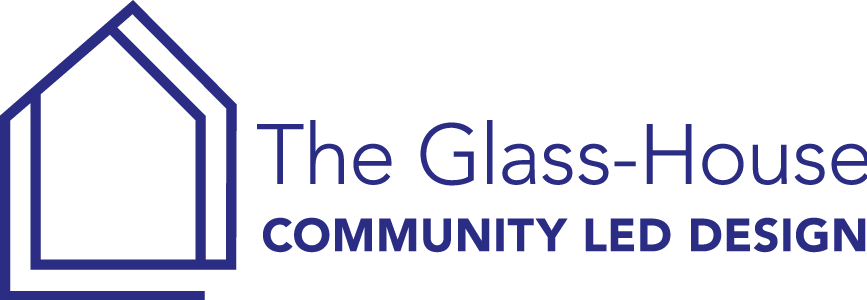Written by:
By Martha Isaacs
Today is my last day of work with The Glass-House Community Led Design.
During my time with the organisation, I have learned about a wide range of topics related to placemaking, including the work of housing associations in the UK, the role of beauty and aesthetic appeal in neighbourhoods, asset mapping and play, devolution in local politics, urban farms, green spaces and parks, walkability, housing affordability and the ins and outs of working for a charity supporting participation and collaboration in the design of places.
Prior to arriving at The Glass-House office, I had only studied the theoretical notion of citizen involvement in the design of places without actually understanding the mechanisms to empower and inform residents to successfully transform their spaces. Although I praised development programs that prioritised community input, such as the widespread participatory planning in Salt Lake City, I was challenged by professors and peers who insisted that citizens are often not equipped to take active roles in design processes. Thanks to Lucia, Sophia, Louise and Maja, I now know about working with housing providers and developers to empower and engage communities and learned about the value of supporting people to uncover and mobilise assets in their communities.
As I became more and more familiar with London’s diverse regions, building my own sense of place composed of my favourite running routes and art exhibits, I was able to apply the concepts discussed in The Glass-House, to the streets around me. My mental map of London does not solely feature typical tourist destinations, but also a series of analyses regarding the places that I have considered with a critical lens.
I have found many places that I appreciate as high-quality hubs for safety, greenery and inclusion:
- a walk on the Southbank at night with bustling animation and activity
- a playground in the courtyard of my housing estate
- a community centre in Bromley-by Bow that gives the local community a place to connect
I have also found places that I think could benefit from The Glass-House approach to become better resources for the people who live, work and play there:
- a roundabout near our Old Street office that does not create a safe environment for pedestrians
- gentrification in Brixton that is pushing out residents that have lived there for decades
- a luxury apartment building in south London that disrupts the walking paths of residents
Although I have spent the last two months contemplating these places, I know that there is so much more of London left to be discovered. In fact, there is so much more of the world that is left to be explored – more people that care deeply about their places or could benefit from community-led design. But for now, I feel invigorated to have had the chance to sit at the additional desk that four dynamic women added to their power-filled pod of design skills, creativity, innovation and empathy. I will return to the US with a renewed passion for putting people into the heart of urban planning and seek to inject The Glass-House ethos into my continual quest.
Martha Isaacs is a student of Geography of Human Activity and City and Regional Planning at the University of North Carolina at Chapel Hill. She is interested in the built environment’s effect on mental and physical health, and has just completed a two-month internship with The Glass-House to learn more about placemaking in the UK.

